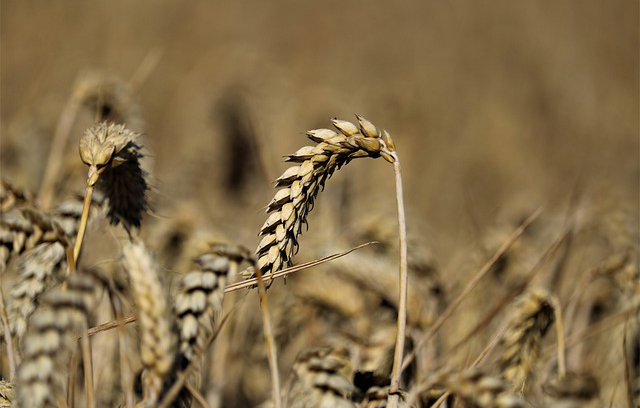Source: Ukragroconsult (Ukraine)
Problems with Russia wheat production? Russia’s wheat sowing area is anticipated to reach a near 10-year low. Several factors contribute to this decline. The latest data suggests a significant shift in agricultural practices. This trend impacts global wheat markets.
Analysts expect the winter wheat sowing area to reach 17.3 million hectares. This forecast comes from the Institute for Agricultural Market Studies (IKAR). Last year saw 17.7 million hectares sown. Therefore, a decrease is evident. The sowing area might fall below the Agriculture Ministry’s target. However, the Ministry aimed for 17.8 million hectares.
Moreover, this reduction is concerning. The overall grain sowing area also shows a decline. It might drop to 47.2 million hectares. Last year saw 47.6 million hectares. This shows a decrease. Farmers are shifting towards more profitable crops.
A major reason for this is weather conditions. Adverse weather has significantly impacted sowing. Heavy rains delayed fieldwork. Consequently, farmers faced difficulties. This disrupted planting schedules. Also, logistical challenges contributed to delays. Rising export costs also play a part.
Impact and Future Outlook on Russia Wheat Production
The reduced sowing area could affect Russia’s wheat production. Though, some experts remain optimistic. They believe yields could compensate for the smaller area. This is dependent on favorable weather in spring and summer. Despite this, lower production may lead to reduced exports.
Wheat exports are crucial for Russia. Therefore, any decrease affects global supply. Russia is a key player in the global wheat market. The country accounts for a substantial portion of global exports. Any disruption significantly impacts global prices.
For example, prices may increase. This would affect consumers worldwide. High global prices influence food security. The IKAR reduced its forecast. It expects exports of 48.5 million metric tons of wheat. The expectation runs for the 2023/24 season. However, the previous forecast suggested 49.5 million tons. Sowing is expected to recover in the future.
In conclusion, Russia’s wheat sowing area is facing challenges. This could have wide-ranging effects on global wheat markets. Monitoring weather conditions will be essential. Evaluating export costs is also important. These factors will shape the future of Russian wheat production. The 2024 harvest will be key to watch. Therefore, it is important to monitor crop development.

